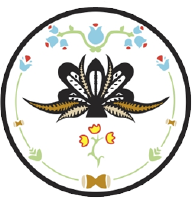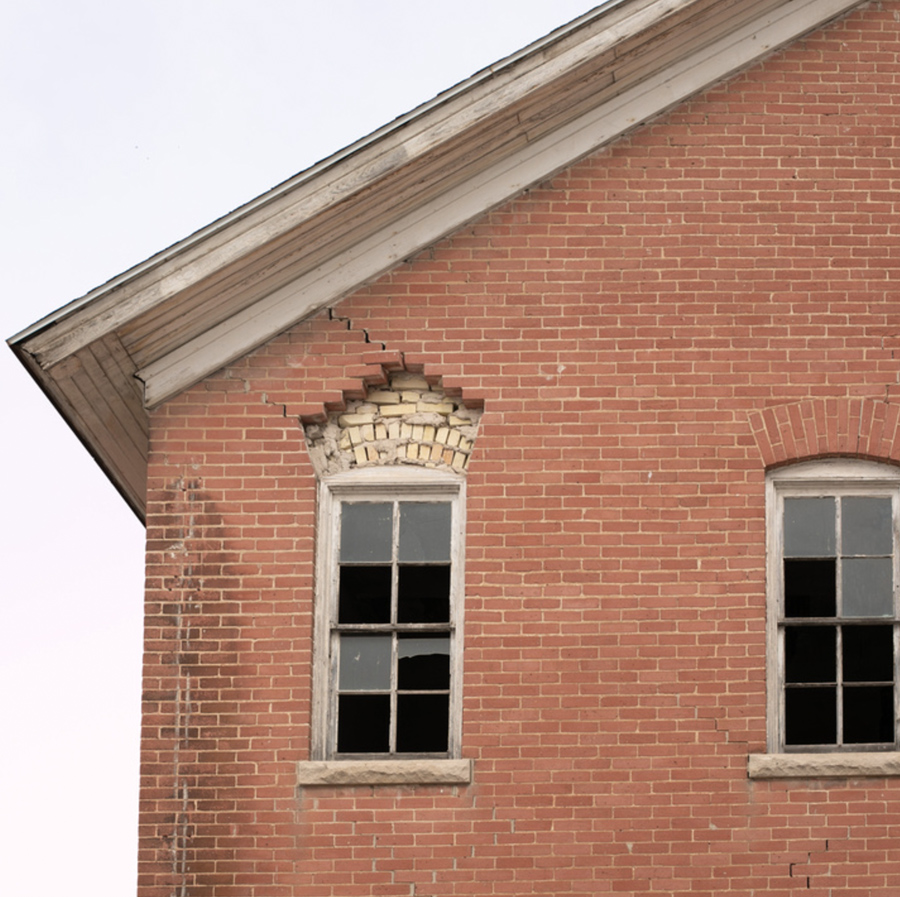
Native American boarding schools in the United States were key institutions through which the United States enacted the settler colonial displacement and genocide of Indigenous peoples. Established in the late 19th century, these institutions aimed not only to assimilate Indigenous children into Euro-American culture but also to facilitate the dispossession of Native lands and the eradication of Indigenous identities.
The U.S. government and various religious organizations created boarding schools under the guise of education and “civilization.” Children were forcibly removed from their families, often through coercive means, and placed in these institutions where they endured strict discipline, harsh conditions, and cultural suppression. Speaking Native languages and practicing Native traditions were strictly prohibited.The philosophy “Kill the Indian, save the man,” coined by Captain Richard Henry Pratt, encapsulated this brutal sentiment, reflecting a systematic effort to erase Indigenous identities, cultures, and languages.
The impact of these schools extended beyond individual trauma; they were integral to a larger agenda of colonial domination. By severing the connections between children, families, and their cultural heritage, the boarding school system contributed to the destabilization of Indigenous societies.
As the damaging legacy of these schools becomes more widely understood, Indigenous tribes are actively reclaiming their histories and rebuilding cultural strength in the face of intergenerational trauma. The boarding school era remains a pivotal chapter in the ongoing pursuit of recognition, justice, and cultural resilience.
